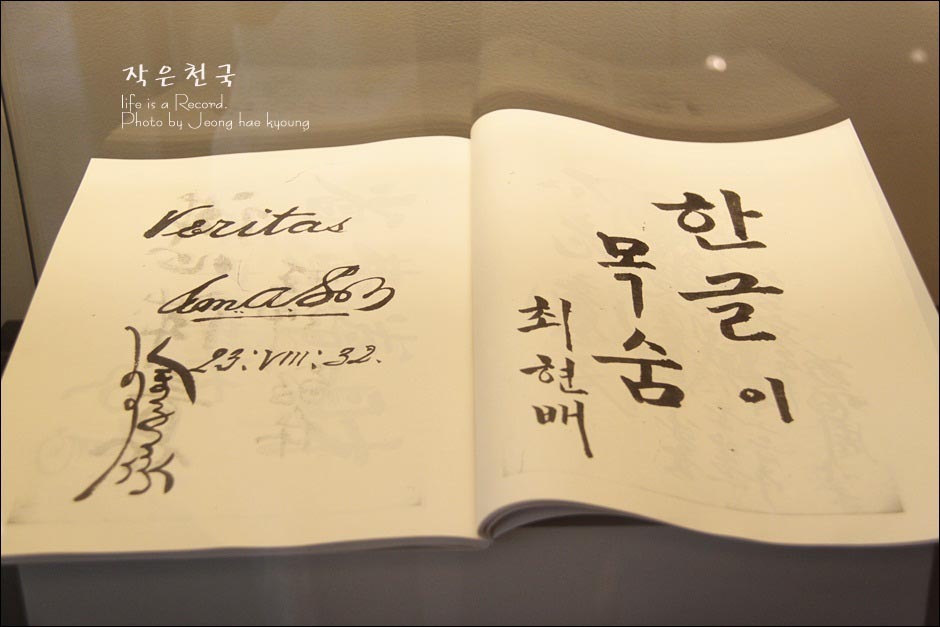How do honeybees share the location of a food source, such as a flower, to other bees of their colony? An Austrian biologist named Karl Von Frisch devised an experiment to learn how the honeybees communicated with each other. He set up two different food sources and tagged every bee that came to pot A green and bees that came to pot B red. He then studied the behaviour of these bees back at the hive. What he discovered was fascinating.
For millennia, beekeepers have noticed that some honeybees have a tendency of moving in a peculiar yet methodical way once they returned to their hive after foraging for flowers. The bees would move in a straight line while waggling their bottom (moving side-to-side), then walk in a semicircle back to where they started. They would then waggle in the same direction, then move in a semicircle on the opposite side, completing a figure-eight path. This is called a waggle dance.

Frisch noticed that bees with green spots and the bees with red spots both did the waggle dance once they returned to the hive, but in different directions. All bees with green spots danced so that the straight line pointed a certain direction, while the bees with red spots danced the same dance except pointing another direction. Amazingly, the angle between these two directions was exactly the same as the angle separating pot A and B (with the hive as a point of origin). Frisch deduced that the waggle dance was the language of honeybees.
Through further experimentation, Frisch was able to tease out the details of this “language”.
- Honeybees’ eyes can see ultraviolet and polarised light, which allows them to see where the sun is in the sky at all times. This is because sunlight polarises so that it points towards the sun and honeybees can see this direction. Therefore, the bee’s eyes act as a solar compass that tracks the exact location of the sun in real-time.
- Bees have a finely-tuned internal clock that allows them to predict exactly where the sun should be depending on time, season and latitude, as the sun moves through the sky.
- Another point of reference that is used in the bees’ language is gravity. Gravity is a constant that does not change, meaning all bees know which direction is “up” and which is “down”. This also means they can use a vertical, perpendicular line as a standard zero-point.
By pairing the two global constants, gravity and the location of the sun, the bees can accurately signal to other bees the direction they should fly in to find the food source. If a bee does a waggle dance that points 60° right from the vertical “up” direction (as defined by gravity), it signals that the bees should fly 60° right from the direction of the sun. If the angle is 0°, the bees should fly directly towards the sun, and if the angle is 180°, the bees should fly directly away from the sun. The bees use their internal clock to calibrate the direction depending on the time of the day.
The straight line “waggle” part of the dance gives the information of distance. The longer the duration of the straight line, the further away the flower is. As a general rule of thumb, the duration of the straight line increases by 1 second for every 1 kilometre. When the food is within about 60m of the hive, the 8-shape waggle dance turns into an O-shape round dance. The bee deduces the distance by the energy required to fly to the location.
By encoding the two variables “direction” and “distance”, a bee can effectively use the waggle dance to accurately pinpoint the location of a food source. It is amazing to see that animals that we consider “primitive” such as bees have such an intricate method of communication.

(Image source: http://aireona93.deviantart.com/art/YAY-Waggle-Dance-146361214?q=boost%3Apopular%20waggle%20dance&qo=1)




